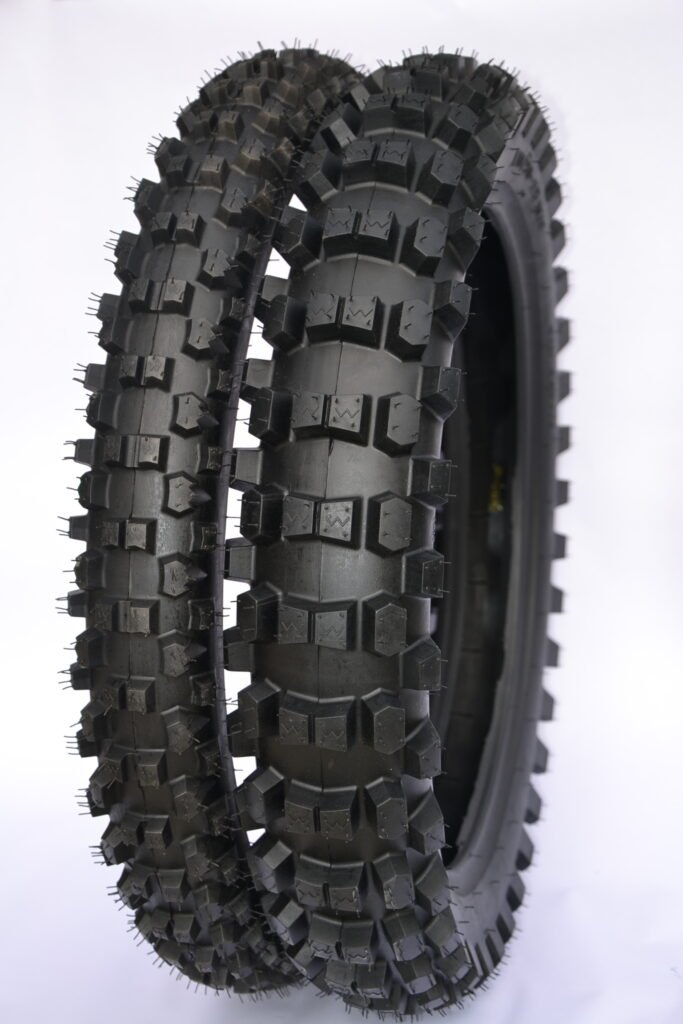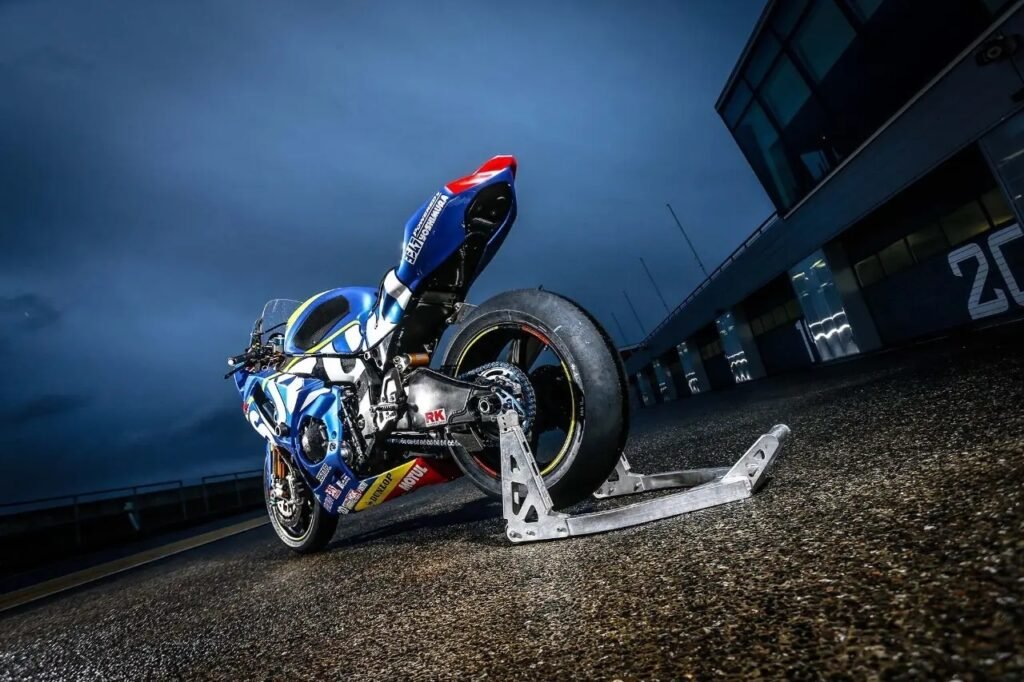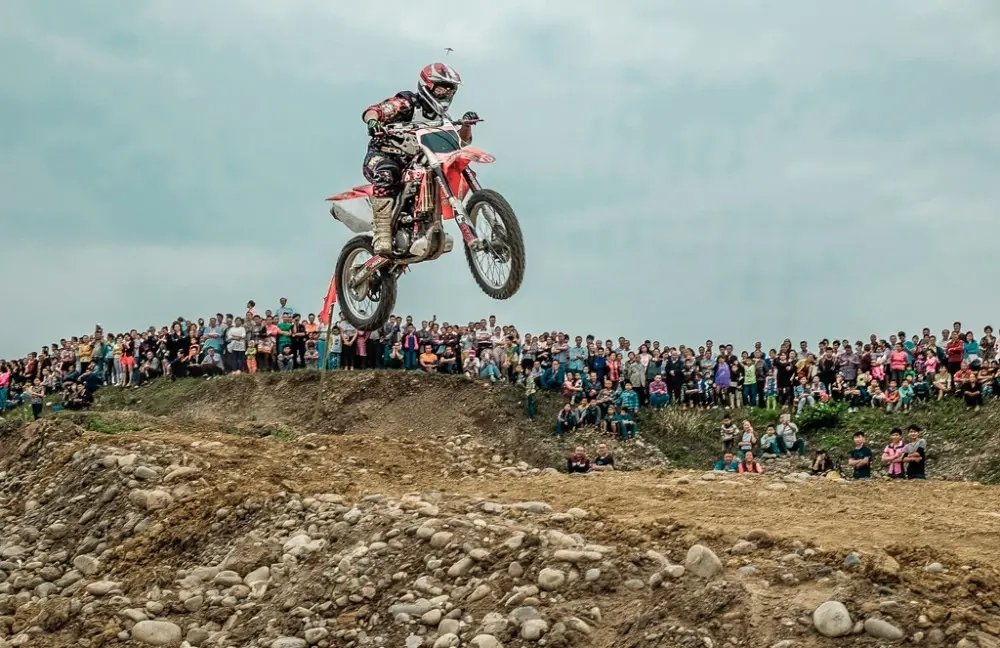Many new motorcycle riders, may not be particularly understanding of the tires, looking at the surface of the same growth there are many differences inside! As the size of the tire, tire lines, raw materials, etc., are needs to distinguish, some tires are not suitable for ordinary use, a little use of careless may form accidents in the process of cycling, so some tire common sense, it is very necessary to learn!
1. Raw materials for tires
It can be roughly divided into Soft Compound (soft material) and Hard Compound (hard material).
The advantage of soft raw material is the high limit temperature, reach the best working temperature, grip, and viscosity; the defect is to reach the best operating temperature slowly, raw material is too soft to wear resistance, together with due to high viscosity, easy to absorb sand and pebbles, and then affect the grip.
The advantage of hard raw materials are low temperature, wear resistance, not ease to absorb road debris; the disadvantage is not simple sticky, no super grip as soft raw materials.

2. The shape of the tire
Although they all look the same, the tires have different shapes. The two most fundamental tire shapes are the pointed triangle in the middle and the whole is a very smooth arc.
The triangular tires are more flexible than the arc, making the steering and left-right flipping motorcycles appropriately simple, and even give the rider a faster turn, they feel more touch to the ground, the grip is good, and the tire is sparse, few riders have experience, representing Avon’s 3D Ultra Xtreme 3.
Arc tires are less flexible, but linear acceleration is much better stability. The tires also have good curve performance, smoother steering, and side pressure processes, and easier to hold the line when turning, with most tires in this shape.
The width of the tire is also an aspect of demand considerations. Generally, the wider tire has better grip, but less sensitive and harder steering; the narrower the opposite effect.
The width of the tire should be related to the grip you need. Generally speaking, to meet the rear tire of 190 or wider; the middleweight model, without so much power and so much grip, the 180 or even narrower rear tire is satisfied, and the curve flexibility of the middleweight model is relatively high.
If you are pursuing function and control, do not change the width of the vehicle tires at will, to the original 180 rear tire hub cover 190 tires, although it looks very handsome, but will certainly change the control characteristics of the car, it is not a good job.

3. The pattern of the tire
The influence of tire pattern on tire function lies in its depth and direction. The depth represents the drainage performance of the tire and the method of touching the tire on the non-flat ground.
slicks mean that the rubber can touch to the maximum area and on the ground, bringing the best grip in a flat, boring track environment. But once encountered water or sand time, no drainage performance, can not be used to the gravel road surface slicks will become very risky. Due to water, sand, streets/mountain roads, slicks can not be legally on the road and can only be used as track tires.
The deeper the pattern, the better the drainage and uneven roads such as sand, but it also means less grip (rubber and ground touch). But the connection is not completely correlated, now many deep pattern tires, despite the deep pattern, but the grip is still good, experienced racers can still use these tires on the track, grinding corners.
The direction of the pattern has a certain impact on the flexibility and curve performance of the vehicle. Generally speaking, the longitudinal pattern helps to improve the passing performance of sharp bends and high-speed bends; the horizontal pattern improves the stability of the vehicle brake.

4. Full-hot and semi-hot melt tires
All-hot melt tires are all used as soft raw materials.
The most track performance, which can make the fastest lap tire, is undoubtedly all hot molten. Full hot melt tires after reaching the best tire temperature, have the strongest viscosity, and the best grip. Pirelli Diablo Super Corsa, the only full hot melt tire in the Motorcycle USA test team, is the best on the track, making the fastest lap.
But it’s not the best tires on the track and the best in street and mountain cycling environments. The limit temperature is high and the ablation point is high, so the demand for the best working temperature will be relatively long, the knight needs a high strength ride, perhaps using professional tire heater performance to reach the best tire temperature, and before the grip of the best tire temperature is very poor; together, due to raw materials, after ablation, if the ground is not clean and smooth, the tire will stick many areas of sand and even pebbles, and then affect the grip of the tire.
Semi-hot melt tires use hard raw materials in the center of the tire, and use soft raw materials on both sides.
The tires we touch most often are semi-hot melt, and now most large-displacement sports cruise motorcycle standard tires are also semi-hot melt.
Due to the use of soft raw materials on both sides, the curve performance of the semi-hot melt tire is excellent; together, the tire becomes more wear-resistant (1.5 times the service life of the full hot melt tire), less sticky, and more accustomed to unclean road conditions. Finally, due to the combination of hard raw materials and soft raw materials, the heating speed is relatively fast.
The disadvantage is that compared with the all-hot molten tires, the semi-hot molten full grip is not so strong,
In general, on the street/mountain road, we are not able to play the full potential of fully hot melt tires and do not need such exaggerated grip, at least in safe, compliant riding methods. Add a series of advantages to hard ingredients, as long as you are not completely running the track, you usually buy semi-hot molten tires. Full-hot melt tires are more expensive and wear quickly, so they are not necessary. When the road environment and tire temperature are imperfect, it will also increase the risk of cycling.

5. Tire wear speed
Tire wear includes not only the sticky rubber surface and the pattern (generally Tire wear) but also a loss process called gas removal (Outgassing).
When the tire temperature rises, the rubber weakens and then better fits the road and provides greater viscosity to the ground. We all expect it to reach the best working temperature and bring the best grip with the tire. But once it stops using it, the tire will cool down from the high temperature, and the cold-heat-cold cycle process is also a gas removal (Outgassing) process. In the process of removal, part of the chemical in the tire material will become gas and dissipate, and then change the chemical composition of the tire. Be careful that most of the tires used on the track will have a ring of blue marks, which is the embodiment of gas removal.
After gas removal, the tire rubber will harden, and then there is no way to better fit to the ground, and will not be as sticky as before. Use for the track planning tires (generally have stickers or words), at the beginning of the planning is considered to use only two or three times will be abandoned tires, this is equivalent to two to three times from cold to the best tire temperature, cooling cycle, is two to three times gas process, in the future, the chemical composition of the tire will attack huge change, become completely different tires, no longer satisfy the grip.
The tires, mainly used on the street/mountain road, are planned to accept hundreds of gas removal processes so that their service life is greatly extended.
Some riders buy tires used to save money. Although some of these tires look deep, they seem to have a good grip. But in fact, these tires may now go through the limit of the gas removal process, which has long been unused, barely use, bring risks. And just to show off your skills in front of your friends, and install these thoroughly worn second-hand tires, will make you outweigh the losses.



